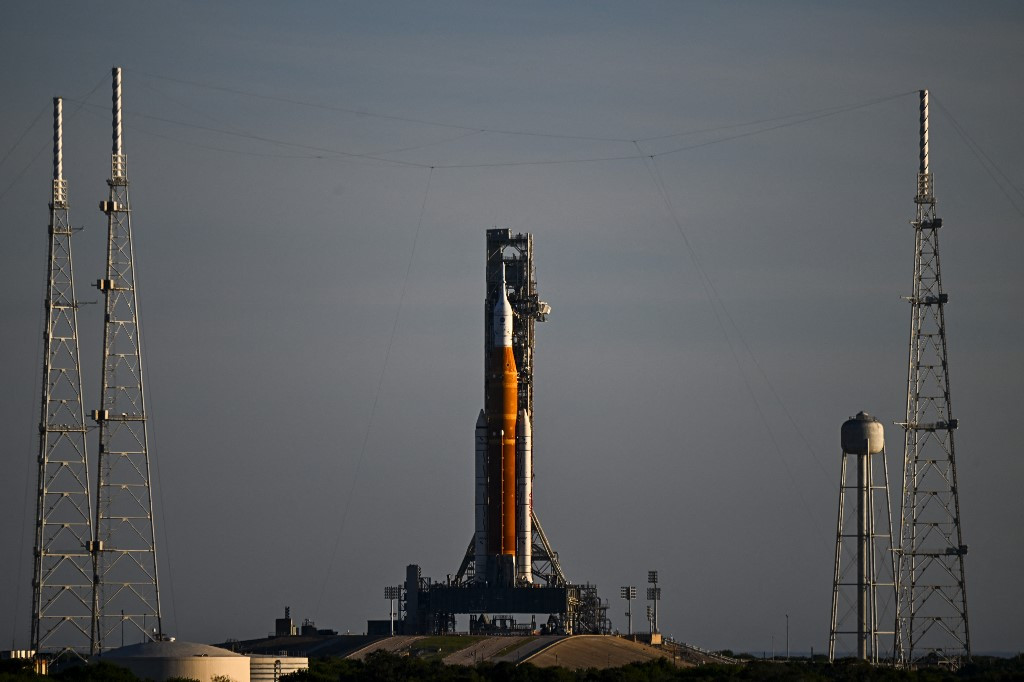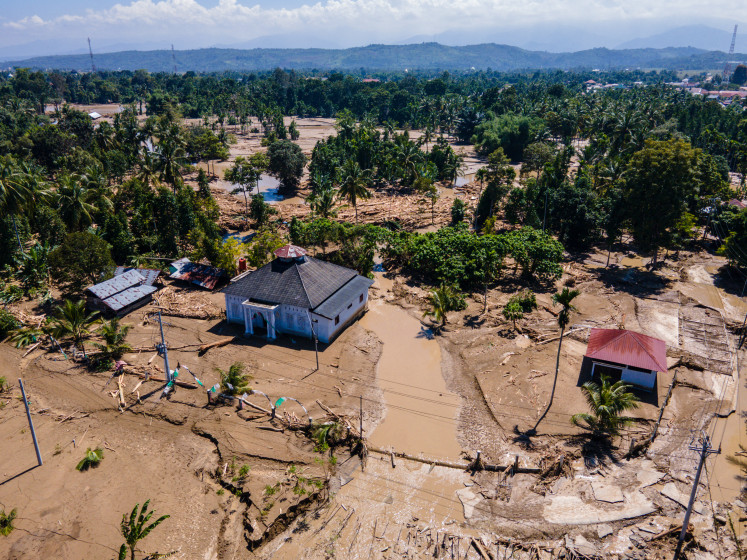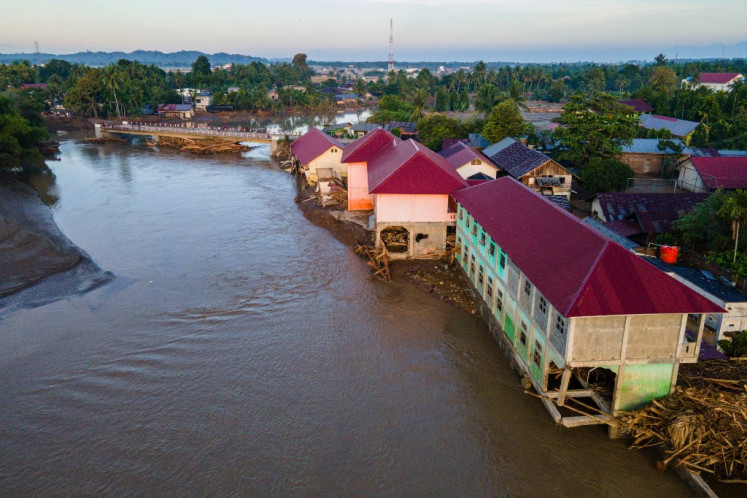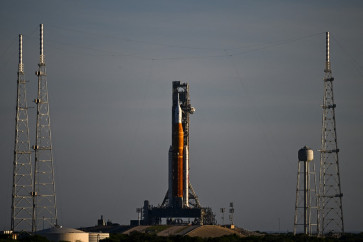Popular Reads
Top Results
Can't find what you're looking for?
View all search resultsPopular Reads
Top Results
Can't find what you're looking for?
View all search resultsA spaceport in Indonesia’s new capital?
Since 1985, the government, through the National Institute of Aeronautics and Space (LAPAN), has been conducting preliminary studies for the construction of a spaceport on a 100-hectare plot in Saukobye village, Biak Numfor, Papua.
Change text size
Gift Premium Articles
to Anyone
S
itting under the equator, Indonesia reaps a number of benefits, including with regard to space activities, particularly because the Geostationary Orbit (GSO) path is located right above the equator.
The GSO is the trajectory along which telecommunications and weather satellites operate. Another unique aspect of the GSO, located 35,871 kilometers above the sea level, is that satellites placed along this orbit seem to be stationary because one rotation of Earth is precisely equal to the period of the GSO orbit.
Equatorial countries that plan to launch space vehicles to the GSO must be aware of the geographical advantages. Launching space vehicles from an equatorial country will reduce the time needed to reach the GSO, effectively cutting the spending on fuel and the total costs Therefore, the construction of spaceports in equatorial countries may be strategic.
Indonesia is no exception.
In fact, since 1985, the government, through the National Institute of Aeronautics and Space (LAPAN), has been conducting preliminary studies for the construction of a spaceport on a 100-hectare plot in Saukobye village, Biak Numfor, Papua. Biak was considered the most suitable place, besides the islands of Enggano, Morotai and Nias, to host the space facility.
Biak, located near the equator and directly facing the Pacific Ocean, is an ideal site. The construction of a spaceport is mandated by Article 44 paragraph (1) of Law No. 21/2013 on space, which stipulates the state’s responsibility to ”construct and operate a spaceport within the territory of the Republic of Indonesia”. The Law mandates that the country independently manages its space affairs through its own spaceport in its own jurisdiction.
However, the project has been put on hold due to enormous costs and political jockeying over the construction plan. According to the master plan for the Implementation of Space Activities for 2016-2040, LAPAN was supposed to have designated a location for the spaceport project by 2017. However, the mandate was not fulfilled until LAPAN was merged into the National Research and Innovation Institute (BRIN) in April 2021.


















